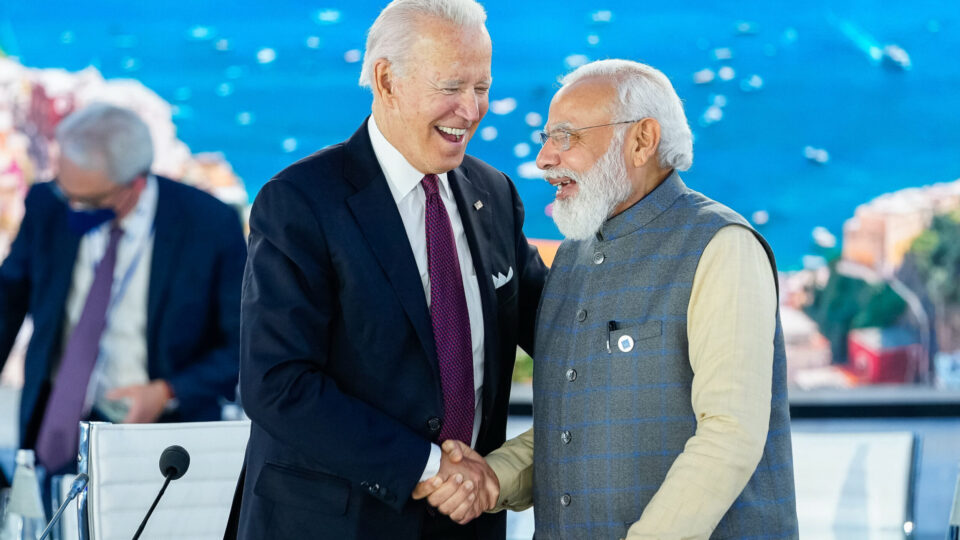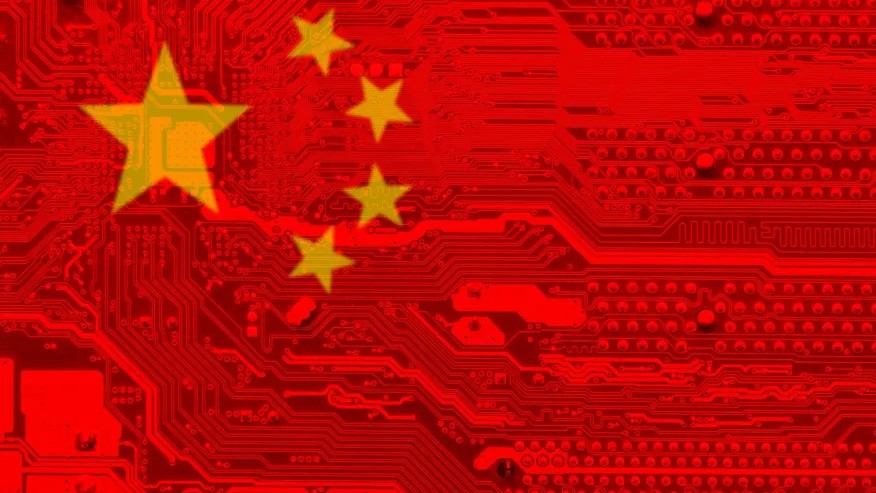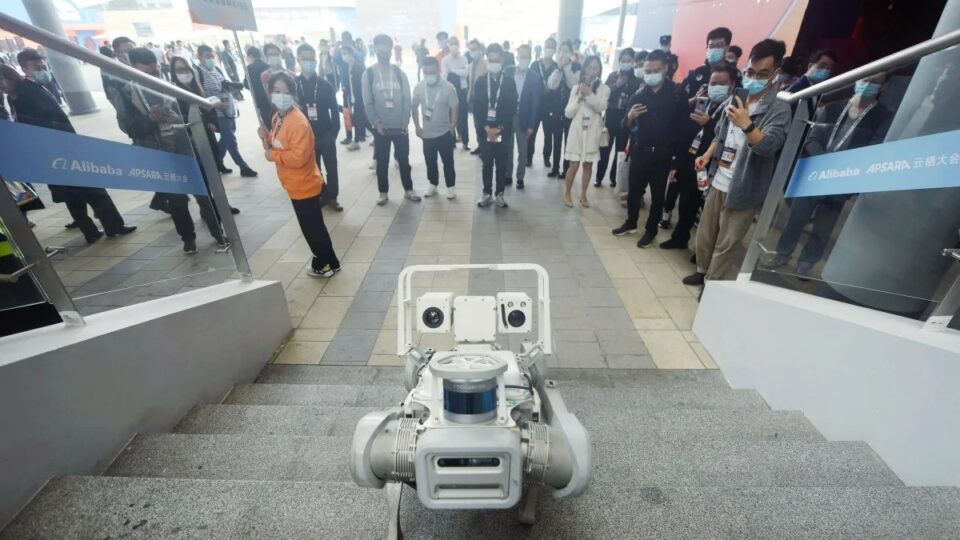Narendra Modi, Indian Democracy, and the Free & Open Indo-Pacific
10.04.22

Despite external noise the U.S. and India continue to pivot to each other. Prime Minister Narendra Modi recently rebuked Russia’s Putin over his war against Ukraine. This week U.S. Secretary of Defense Lloyd Austin welcomed India’s foreign minister S. Jaishankar to the Pentagon with an honor guard — a first. Dr. Jaishankar was in the country for 11 days discussing China, defense and trade. The United States and India share the objective of denying the ambition of Xi’s China to shape the world in its autocratic image. Advancing a free and open Indo-Pacific is their joint strategy to achieve it. While the United States and India will continue to have disagreements and road bumps in overcoming historical mistrust, leaders in Washington must recognize the nature of Indian democracy and the ascendancy of its democratically elected leader Narendra Modi.
Indian democracy where a billion people engage in free elections, buoyed by a vibrant free press, at a frequency and with a resiliency unimaginable in any other nation is nothing short of a marvel. In the contest between democracy and autocracy, Indian democracy and Narendra Modi are strong assets. In the Indo-Pacific the best antidote for “communism with Chinese characteristics” is “democracy with Asian characteristics” with India, given its geography and size, as the flag bearer.
Modi’s electoral victories in 2014 and 2019 transformed Indian polity. His election retrieved India from a political fate similar to Italy’s cycle of ungovernable weak coalition governments. Modi’s boldness, bolstered by consecutive victories, has led India to the frontlines of the great free and open nations. His leadership, with that of late Abe Shinzo, has been instrumental in fortifying the Indo-Pacific Quad to act as the democratic bulwark against Chinese aggression.
Modi, like Reagan, catalyzed and shaped emerging and latent political sentiments. Both men profited from the invisible hand of politics: arriveth the moment arriveth the man. Imbued with unfailing conviction in their conservative beliefs, the two share the ability to grasp the wide arc of prevailing national and global forces. Like Reagan, Modi is the master communicator of his nation, extolling optimism, opportunity, religion, and family values across India. In foreign policy they share an instinct to stand up to bullies whether it be the Soviet Politburo or the Chinese Communist Party. The two share another virtue – an admiration of America.
The Modi political revolution addressed two pervasive realities of India: poverty and religion. Half of India’s billion-plus people subsist on less than $3 per day. Religion is important to 9 out of 10 Indians. About 80 percent of Indians adhere to Hinduism, about 14 percent to Islam, and remaining 6 percent are Christians, Buddhists, Sikhs, Jains etc. Modi unified India’s chronic communal politics with a national anti-poverty message of “development for all.” Poverty knows no religion nor creed, he frequently states. Concurrently he emanated a muscular Hindu identity in an overwhelmingly Hindu nation with over 500 years of recent history of being invaded and ruled by non-Hindus.
Modi benefitted from and built upon the anti-poverty policies of the preceding Prime Minister Manmohan Singh, a widely admired technocrat. Modi’s strong leadership and rousing rhetoric made the “development for all” a national slogan. He expedited India’s transition to a digital economy and executed an unprecedented social security system based on a biometric ID for all Indians. He promised running water, electricity, and cooking gas for each home. He further launched a most audacious public housing program with 30 million houses constructed and counting.
Modi’s strong style attracts strong criticism: some justified, some hyperbolic. Clear ideology or strategy to achieve his lofty economic pronouncements are often imperceptible. His embrace of a muscular Hindu identity has inflamed Hindu nationalism giving license to its extreme elements. Consequently, Modi needs to be a more convincing stalwart of national reconciliation and cohesion and a staunch foe of all political violence and reprisals. The latter in particular warrants high vigilance.
At 75 the state of Indian democracy is robust. No other democracy has a more frequent drum roll of local, provincial, state, and national elections acting as a constant political check and feedback. The strength of American democracy draws from the resiliency of its institutions. India’s derives from the strength of its robust electoral processes. India’s exhausting electoral frequency highlights Modi’s extraordinary political accomplishments as he forms a national consensus from a populace equal in diversity and numbers to that of North America and Europe combined. Any momentary infirmity of Indian democracy is not for Modi’s strength but for the opposition’s weakness.
Democracy does not produce perfect leaders but timely ones. As India clocks 75, Modi personifies the homespun, assured, muscular, and forward-looking India. Modi, unlike India’s hallowed founding fathers molded by high-minded education at Cambridge University, does not have to don native clothes to be of the people. His grasp of Indian aspirations is forged from looking up to the sky from the crowded streets not looking down from the gilded estates. Modi’s rise to lead the nation is the most telling characteristic of an invigorated India. Indian democracy has achieved the promise of the Indian Dream – a man of humble origins through sheer enterprise has risen to the nation’s highest office. This point is elusive to the elites but widely relatable to the masses.
Modi, in direct contrast to Xi, governs an adjoining democratic nation of near equal populace by popular will. That makes him an invaluable and integral partner of the United States in keeping the Indo-Pacific free, open, secure, and prosperous.
Dr. Kaush Arha is a senior fellow at the Atlantic Council and the Krach Institute for Tech Diplomacy at Purdue. During the previous administration, Dr. Arha was one of the key architects of the Indo-Pacific Strategy and in bolstering bilateral and collective U.S. relations with India, Japan and Australia.

